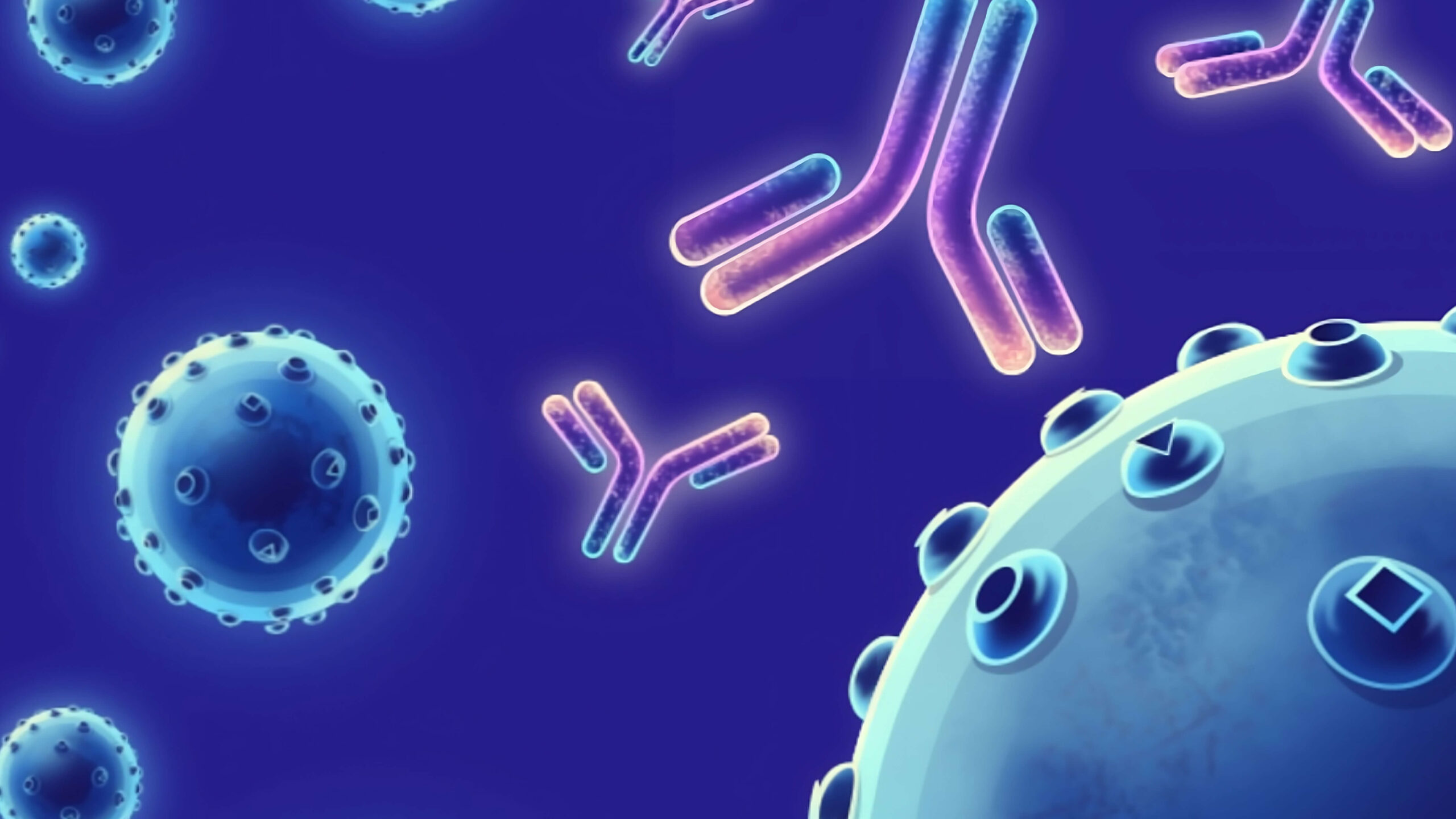Description
Polycomb group member protein BMI1 is involved in maintaining cell identity, proliferation, differentiation and human oncogenesis. BMI1 mRNA expression in whole blood might represent a new biomarker for the diagnosis and prognosis of NSCLC. In human myoblasts, BMI1 overexpression increases mitochondrial activity, leading to an enhanced energetic state with increased ATP production and concomitant protection against DNA damage both in vitro and upon xenografting in a severe dystrophic mouse model. BMI1 inhibition suppressed proliferation of leukemia cells through NOTCH signaling which functions downstream of BMI1, suggesting that BMI1 inhibitors can be candidate targeted drugs against leukemia. BMI1 decreases ATR activation through a mechanism that involves binding to TOPBP1 and/or ATR. BMI1 over-expression may be useful in identifying patients who might benefit from novel therapies directed at reversing the chromatin-modifying functions of BMI1.
Target
BMI1
Target Alias Name
BMI1
Isotype/Mimetic
Rabbit IgG
Animal-Derived Biomaterials Used
No
Sequence Available
No
Original Discovery Method
Phage display technology
Antibody/Binder Origins
Animal-dependent discovery (in vitro display, OR immunisation pre-2020), In vitro recombinant expression

